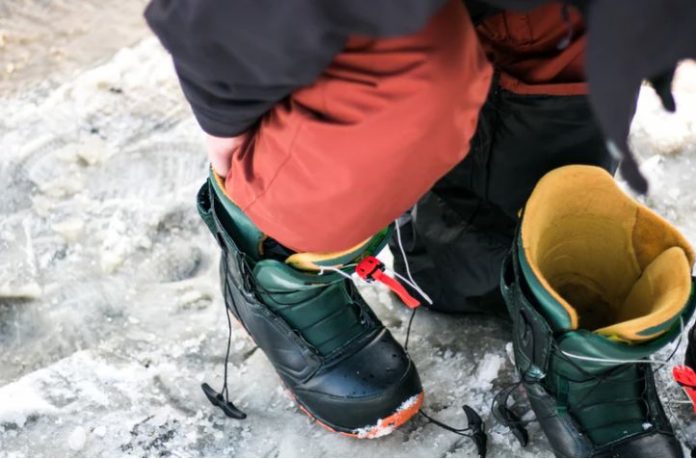As in any type of sport, there are potential injury risks in the sport of skiing. However, by knowing and understanding those risks, and how to guard against them, you can have an enjoyable time skiing, and concentrate more on your favorite sport, and less on the potential risks.
Altitude Sickness is a common ski ailment. If you are going to experience Altitude sickness, it will happen within six to ten hours of arriving at the resort.
Altitude sickness can occur at altitudes of 2000 feet above sea level or higher, and most resorts are at least 2000 feet above sea level.
The symptoms of altitude sickness include headache, lack of appetite, nausea, vomiting, fatigue, weakness, dizziness, insomnia, shortness of breath, rapid pulse, drowsiness, swelling of the hands, feet, and face, and possibly fluid in the lungs, persistent dry cough, and fever in severe cases.
Swelling of the brain can also occur, and severe altitude sickness can lead to death.
To avoid altitude sickness, make your way slowly to higher altitudes, allowing your body to acclimate to the higher altitude a little bit at a time. If you experience altitude sickness, seek medical treatment immediately.
Frostbite is also common for skiers but is serious. Frostbite can occur in temperatures as high as 59 degrees Fahrenheit. Frostbite occurs when blood vessels start to narrow in order to protect the body from the cold. When this happens, the blood supply to the skin is cut off, causing frostbite.
The first sign of frostbite is pain and discoloration of the skin. The pain may be described as a burning sensation, or even as a tingling sensation.
The skin that is affected may even become numb to the touch. If the blood supply is cut off for a long period of time, gangrene can occur, and amputation may be necessary.
The treatment for frostbite is to warm the body or the affected area by wrapping it. It is not a good idea to rub the area to try to warm it up.
Frostbite can be avoided by dressing appropriately for the elements, in layered clothing, ensuring that all parts of the skin are covered well.
Hypothermia is another risk that skiers must be aware of. Hypothermia occurs when the temperature of the body drops below 96.8 degrees Fahrenheit.
Stage 1 hypothermia occurs between 95 degrees and 96.8, with stage 2 hypothermia occurring between temperatures of 91.4 and 95 degrees.
Stage 3 hypothermia, which is deadly, occurs when the body temperature drops to around 90 degrees.
If hypothermia occurs, the treatment is to warm the body and seek medical attention. Do not apply direct heat to the body, however, such as using hot water, heating pads, or heat lamps. Instead, wrap the person in dry blankets, in a warm room.
Snow blindness, while not serious or permanently damaging is painful. It is caused by exposing the eyes to sunlight that is reflecting off of snow.
To avoid snow blindness, wear good sunglasses or goggles. Another painful, but not too serious ailment that skiers experience is windburn, which can be avoided by covering the skin well with clothing. Sunscreen does not protect against windburn.
Shin-Bang is another ailment that skiers should be aware of. Again, there are no lasting effects of shin-bang, but it is painful. Shin-bang refers to bruising, blistering, swelling, abrasions, and pain in the area where the ski boot hits the shin.
Finally, as in any sport, you are susceptible to more ordinary injuries, such as torn or pulled muscles, ligaments, and tendons and broken, cracked, or fractured bones.
These types of injuries occur during falls, or due to failure to properly stretch and warm the muscles before setting out for a day of skiing. Being in poor physical shape can also cause these types of injuries.

